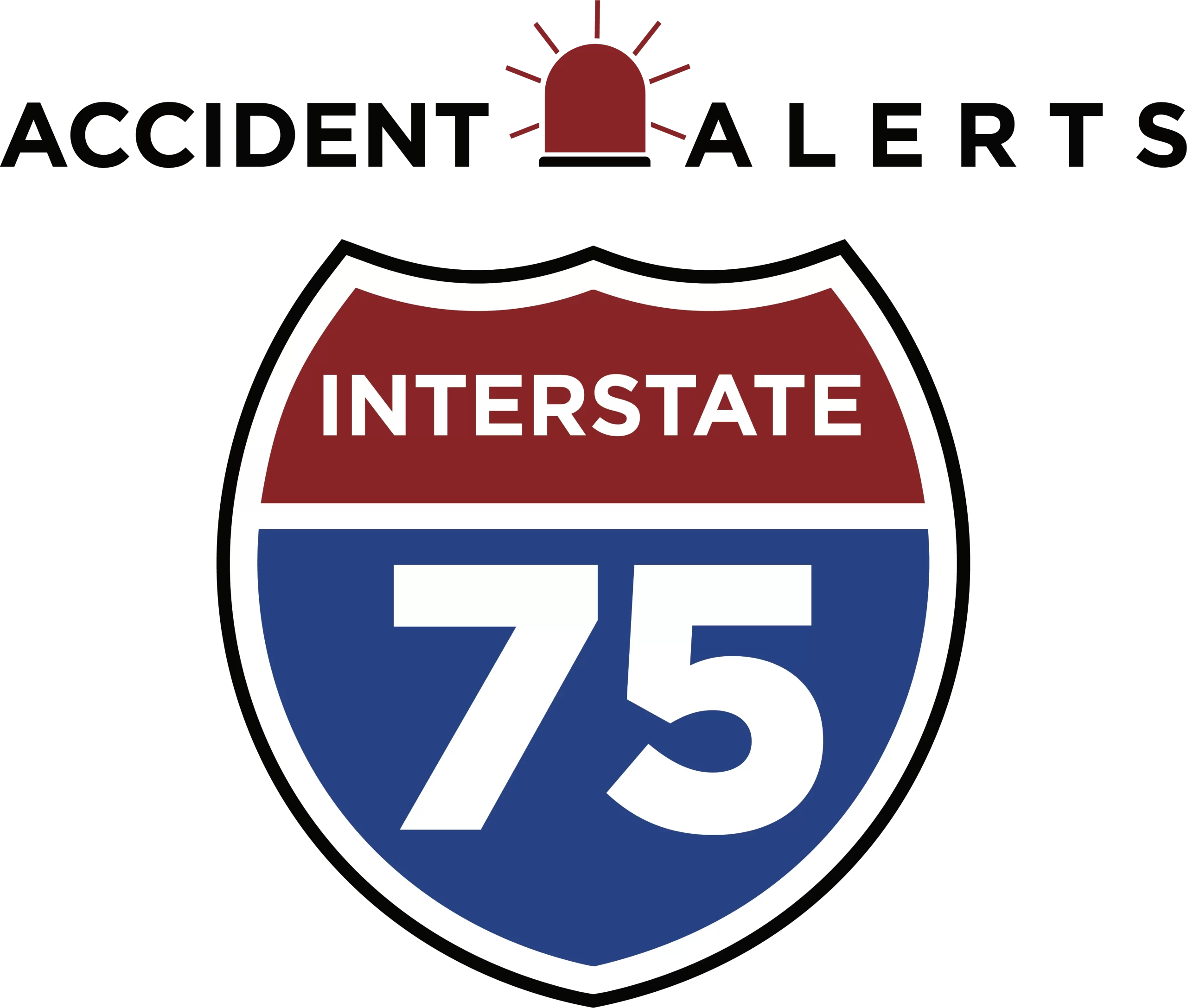
Seatbelt Use and Survival Rates on I-75


Interstate 75 (I-75) runs from Miami, Florida, to Sault Ste. Marie, Michigan, cutting through some of America’s busiest and most dangerous traffic corridors. The highway’s mix of high-speed rural stretches and congested urban interchanges contributes to thousands of crashes every year. Yet one factor consistently determines whether those crashes end in minor injuries or fatalities: seatbelt use. Despite decades of public awareness campaigns, seatbelt compliance remains uneven across different states, vehicle types, and age groups. Understanding how seatbelt survival I-75 rates vary—and how consistent seatbelt use prevents serious injury—can make a life-or-death difference for drivers and passengers traveling this vital interstate.
The Role of Seatbelts in Crash Injury Prevention 
Seatbelts remain the single most effective tool for crash injury prevention in passenger vehicles. According to the National Highway Traffic Safety Administration (NHTSA), wearing a seatbelt reduces the risk of fatal injury by 45% in cars and by 60% in light trucks. On a fast-moving highway like I-75, where collisions often occur at speeds exceeding 70 mph, these percentages translate into countless lives saved each year.
When a crash happens, the sudden deceleration throws unrestrained occupants forward with enormous force. Seatbelts distribute that impact across the chest and pelvis—areas strong enough to withstand it—while keeping occupants securely inside the vehicle. Without restraint, drivers and passengers risk being ejected, which is almost always fatal.
Despite these proven benefits, enforcement gaps and false perceptions of safety continue to endanger travelers. Many drivers underestimate the risk of short trips or rural sections of I-75, where higher speed limits magnify the severity of crashes.
Seatbelt Usage Along the I-75 Corridor
Seatbelt use rates vary considerably across the states I-75 passes through. Southern states like Florida and Georgia have seen improvements thanks to primary enforcement laws, which allow officers to ticket drivers solely for not wearing a seatbelt. Northern states, such as Ohio and Michigan, also maintain high compliance rates—but some rural regions still report lower use, especially among younger drivers and pickup truck occupants.
According to recent NHTSA data, national seatbelt use reached approximately 91% in 2023. However, noncompliance remains disproportionately high among young males, nighttime travelers, and occupants in larger vehicles. These groups make up a significant share of I-75 traffic, particularly in long-haul trucking and agricultural areas.
The impact of these differences is clear: fatal crashes on I-75 are far more likely to involve unbelted occupants. Whether in single-vehicle rollovers or multi-car collisions, wearing a seatbelt remains the strongest predictor of survival.
High-Speed Crashes and Seatbelt Effectiveness
I-75 sees a wide variety of crash scenarios—from rear-end collisions near city interchanges to high-speed rollovers on open stretches. The force of a highway-speed crash can be devastating, but seatbelts significantly improve survival odds by keeping occupants restrained during secondary impacts.
In head-on collisions, unbelted passengers are thrown forward at tremendous velocity, often striking the steering wheel, dashboard, or windshield. In contrast, belted occupants stay in position, allowing airbags and crumple zones to work properly.
During rollovers—a frequent occurrence for SUVs and pickups on rural portions of I-75—seatbelts prevent ejection, which causes more than half of all rollover deaths. Even in cases where the vehicle flips multiple times, restrained passengers have a far better chance of walking away with minor injuries.
Why Some Drivers Still Don’t Buckle Up
Despite decades of public education, many drivers continue to skip seatbelts for reasons that don’t hold up under scrutiny. Surveys show that the most common excuses include:
- “I’m just going a short distance.” Most fatal crashes occur within 25 miles of home.
- “Seatbelts are uncomfortable.” Modern designs automatically adjust tension for comfort and mobility.
- “Airbags will protect me.” Airbags are designed to work with seatbelts—without restraint, they can cause additional injury.
Passengers in the back seat also neglect seatbelts, mistakenly believing they’re safer. Yet during a collision, unrestrained rear passengers can become dangerous projectiles, injuring others in the vehicle.
Enforcement and Awareness Efforts
Law enforcement agencies across the I-75 corridor participate in national campaigns like “Click It or Ticket,” which use visible patrols to boost compliance. These operations typically occur during major travel periods such as holidays and summer weekends—times when crash numbers surge.
Public awareness initiatives further support enforcement. Schools, safety coalitions, and community programs regularly highlight the life-saving impact of consistent seatbelt use. According to NHTSA studies, states that combine enforcement with public education see significantly higher compliance rates than those relying on fines alone.
Additionally, advancements in vehicle safety technology are helping to promote consistent seatbelt use. Many newer models now feature:
- Audible reminders that sound until all occupants buckle up.
- Seatbelt interlocks preventing the vehicle from shifting out of park when belts are unfastened.
- Adaptive airbag systems that deploy based on seatbelt engagement, improving protection efficiency.
These innovations encourage safer habits and further reduce fatality risks along I-75.
Legal and Insurance Implications
Failing to wear a seatbelt not only increases injury risk—it can also impact legal and financial recovery after a crash. In several states along I-75, courts may apply a “seatbelt defense,” allowing insurance companies to argue that injuries were worsened by the occupant’s failure to buckle up.
Investigators and adjusters often examine black box data, vehicle cameras, and crash reports to determine whether seatbelts were in use. Even if another driver caused the accident, failure to buckle up can reduce compensation for damages.
If you’ve been injured in a serious I-75 crash, we can connect you with an I-75 car accident lawyer who understands seatbelt-related claims and can help protect your right to fair compensation.
A Simple Habit That Saves Lives
Seatbelt use is the simplest and most effective act of crash injury prevention available to every driver and passenger. It costs nothing, takes a second, and dramatically improves survival chances in any collision.
Whether you’re driving through Atlanta’s heavy traffic, Kentucky’s rolling hills, or Michigan’s snowy highways, one rule applies everywhere—click before you roll. Consistent seatbelt use saves lives, prevents severe injuries, and reduces emotional and financial hardships for families across the I-75 corridor.

